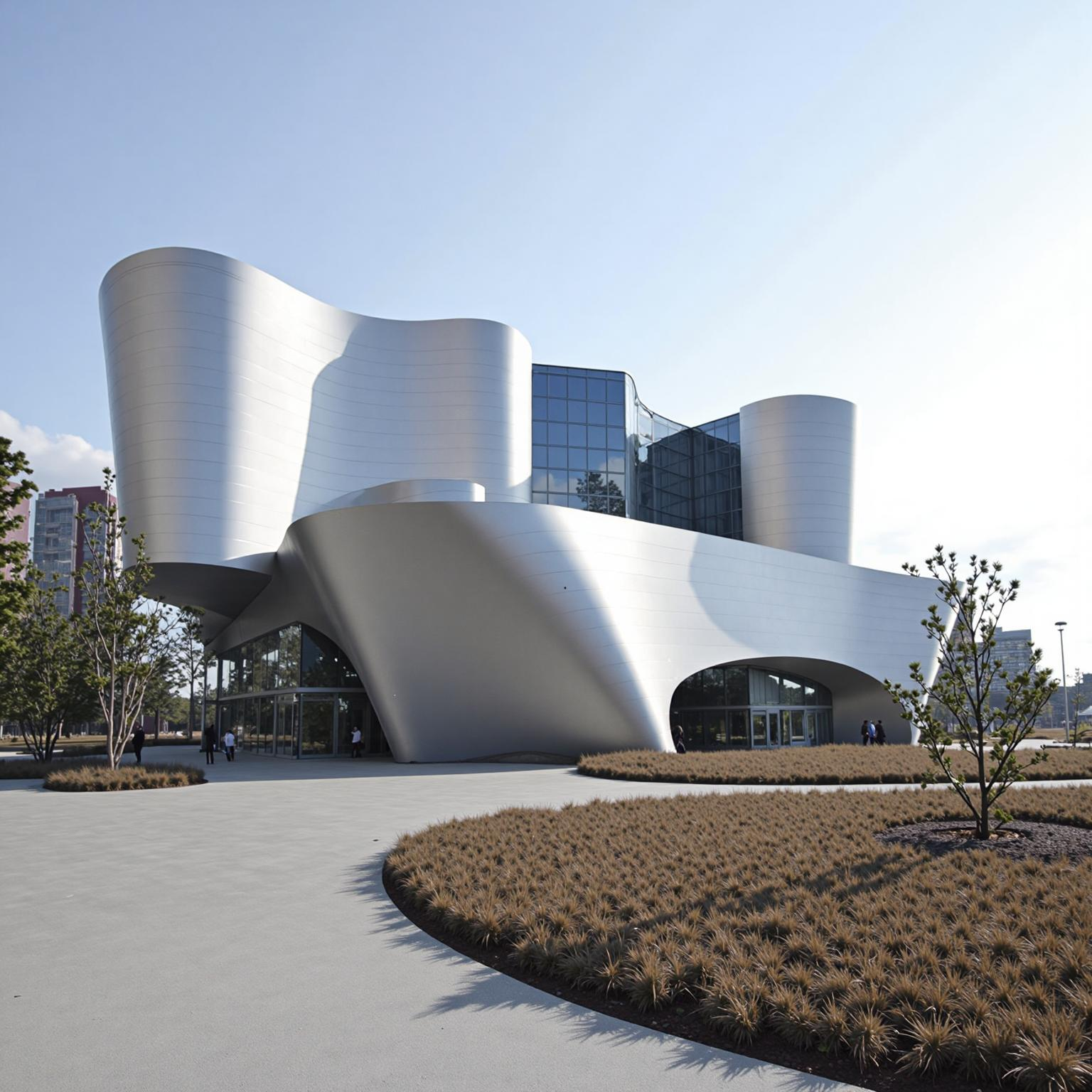If I called architects “liars,” how would you react?
Some of you might reject it immediately. Others might pause and think.
When I began writing Design Beyond Form, it came from a troubling realization: our world is flooded with meticulously crafted visuals—polished images, cinematic renderings, seductive forms—pushed into our feeds every single day. They’re uploaded, shared, and advertised without pause. Over time, these “movie scenes” start to pass as reality. And too often—even among architects—there’s an unspoken assumption that if something looks amazing, it will work just as well in real life. The consequences are rarely considered.
The problem starts early. I’ve seen architecture schools devote entire semesters to form-making—how to make something look striking—while barely touching on the responsibility of designing for real human needs. Students graduate as “masters of form” before they’ve learned how people actually use space. Eventually, they develop elaborate philosophies to justify their designs, even if the spaces end up uncomfortable, unwelcoming, or wasteful.
It’s like someone committing a crime and then writing a manifesto to explain why it was fine—except in this case, the “crime” is wasting an opportunity to create something better. And the victims are the people who have to live with or use those spaces.
As architects, our responsibility isn’t to avoid innovation—it’s to create designs that actually work, that respond to people’s needs while still being forward-thinking. When we keep showing concepts that don’t work—just because they look amazing—and convince people they’ll be wonderful, we stop being architects. We become professional image-makers. And that’s where the lie creeps in.
Think about this: we’re entering an AI-driven era. Soon, artificial intelligence will produce better-looking designs and cleaner models in minutes. When that happens, “looking good” will no longer be enough to prove your value as a designer.
Because here’s the truth: looks don’t bring people back—experience does.
If you want people to return, to linger, to invest in a place, you have to design for the way they live, move, and feel—not just for the photographs.
I’ve made a video showing exactly how this plays out in the commercial world, comparing two of South Korea’s most famous malls—The Hyundai Seoul and The Galleria Gwangyo.
It’s a clear example of how human experience can outperform flashy form when it comes to real-world success.
📺 Watch the full comparison here:
#DesignBeyondForm #ArchitectureThatMatters #ContextDrivenDesign #UrbanStories

It’s not the form—it’s the context.
Go find out why.




